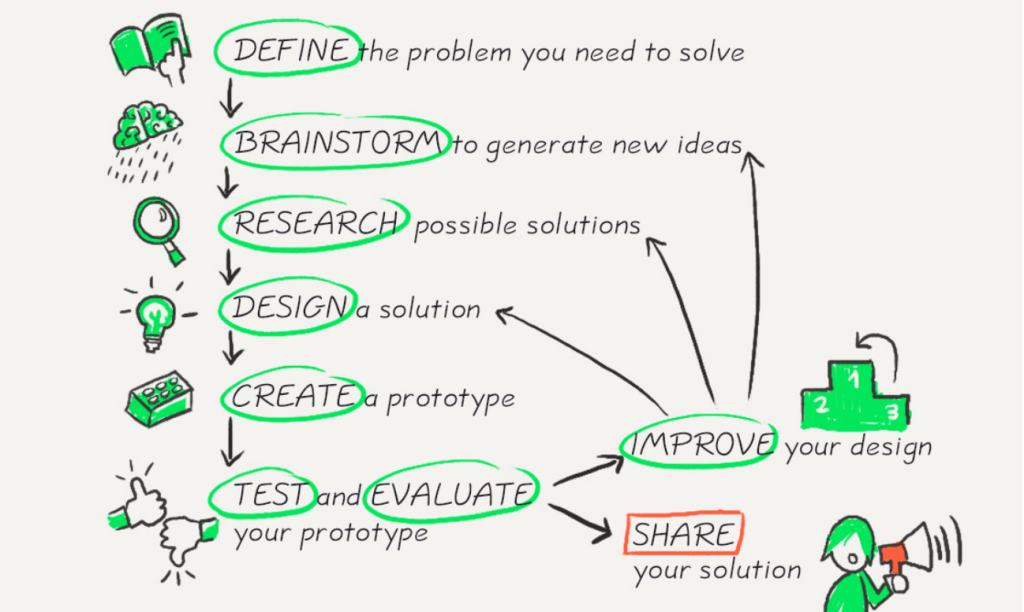With Mayuel, Seth, Abhinav, and Charlie
An earthquake is a sudden intense shaking in the ground caused by collisions of plates in which great destruction is caused and in certain instances, mantles oozed out from the crust. We started this project at the start of Week 4, TERM 4. The project was based on designing, brainstorming, researching, and collaborating effectively throughout the weeks to create an earthquake-resistant house out of pasta and blu tack. The requirements for the building were that it had to be over 60 centimeters, a maximum base of 30 x 30cm and the base at the top had to be larger than 5 x 5cm. To test the durability and effectiveness of the building, we had a testing machine in which we could simulate s (surface) waves and p (primary) waves in which s waves are the most destructive. P waves cause a force that is brought upon laterally while surface waves create an ocean wave type of effect on a building. To make the project a real challenge, we were restricted to a budget of 60 dollars. The pricing for the materials, (pasta and blu tack) is $1 for a strand of pasta and 1$ for a gram of blu tack.

This was the engineering process that we used when building our pasta structure. When we got started we allocated different members of our groups to different roles. Abhinav was the head manager, Charlie was the reporter, Mayeul went scouting for information from other groups and I was the products manager.
When designing earthquake-resistant buildings, safety professionals recommend adequate vertical and lateral stiffness and strength – specifically lateral. Structures tend to handle the vertical movement caused by quakes better than lateral, or horizontal, movement. Without considering earthquakes, professionals still focus on a building’s vertical stiffness and strength as it has to support itself. However, earthquakes introduce new directional forces that may not be prepared for. Buildings will shift left and right during the event, and, if not built properly, will quickly destabilize.
Foundations
A stable foundation is a major characteristic of building a large structure regardless of natural disaster risks. It is critical for a building’s long-term survival, and a stronger foundation is necessary to resist an earthquake’s powerful forces. Different areas have unique foundational characteristics that define how a structure’s base needs to be reinforced. Professionals have to closely observe how the ground reacts and moves before building. Buildings designed to withstand violent earthquakes have deep foundations and driven piles. To stabilize these drastic measures, the foundations are connected so they move as a unit.
Strongest shape (Triangle)
Triangles are the strongest shape there is. The triangle is the best shape as any weight from any side equalizes the pressure, unlike other shapes. This represents what is called geometric sturdiness. No matter how much pressure within reason is on each side, it will not break unless a massive load or a sudden pressure applies to one of the beams of the triangle.
Weight Distribution
People make compact areas and then open areas throughout buildings with supports around them called load paths which take the brunt of the impact and then are absorbed by reinforcements. Weight distribution is important, especially when making this as pasta is very fragile and even with the slightest load it will crumble so distributing the weight into the right places and adding supports in the right places to maximize the height and the sturdiness of the overall structure is key. We do not want to break the budget by just supporting the building so making the structure of the building based on sturdy foundations is essential as it determines where the center of gravity is and whether one side has more pressure or not.

I feel that my group and myself did decently at this as we all contributed in our own ways and skills and as a team member I like to believe my end of the fair share along with my other teammates. Some group members definitely contributed more than others but at the end of the day, we all did what we could and developed a design that withstood all testing and even fall without crashing. There was nothing to work around at the end when making our design as our building was nearly the same as our prototype so the work we input was minimal. If I was to do this again I would definitely make sure to work with people which won’t distract me and think of new and creative ways to create the tower instead of a simple design that has its chances of working.